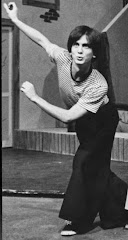
1933-2010
An actress and human rights activist, she came to her entertainment career a bit late, after having worked for years as a lab technician. She is best known for her role as psychic Tangina in the 1982 horror flick Poltergeist, where her diminutive (4'3") stature and doughy face combined with a steely stare and little-girl voice to create an unforgettable impression. ("Would y'all mind hangin' back?" she drawls upon her entrance into the haunted house, "You're jammin' my frequencies.") After a series of hair-raising tactics to rid a suburban home of ghouls, she calmly proclaimed, "This house is clean." Luckily for her, she was wrong, as the film spawned two sequels; she appeared in both.
for years as a lab technician. She is best known for her role as psychic Tangina in the 1982 horror flick Poltergeist, where her diminutive (4'3") stature and doughy face combined with a steely stare and little-girl voice to create an unforgettable impression. ("Would y'all mind hangin' back?" she drawls upon her entrance into the haunted house, "You're jammin' my frequencies.") After a series of hair-raising tactics to rid a suburban home of ghouls, she calmly proclaimed, "This house is clean." Luckily for her, she was wrong, as the film spawned two sequels; she appeared in both.
Her first film role was as one of the comic relief munchkins in the Chevy Chase monstrosity Under the Rainbow, which solidified her belief that little people were used more for comedic props than for their talent. She formed the Michael Dunn Memorial Theater Company especially for under-sized actors (the late Dunn was an actor who gained some fame as a recurring villain on TV's The Wild, Wild West, and who earned an Oscar nomination in 1965 for Ship of Fools).

Rubinstein's career stalled a bit in the mid-80s, when she became one of the first celebrities to join in the fight against AIDS. The epidemic was in full swing, and the only victims seemed to be gay men. Anyone living in Los Angeles who went to a club or watched a bus go by became aware of the print and video campaign in which she appeared as "Mother," urging all her sons to play safely. She later maintained that her involvement in the cause adversely affected her acting career.
 Our Zelda popped up again in the early 90s, as a co-star of Picket Fences, a David Kelley TV series about a seemingly normal mid-western town where odd things often happened.
Our Zelda popped up again in the early 90s, as a co-star of Picket Fences, a David Kelley TV series about a seemingly normal mid-western town where odd things often happened.  Rubinstein, playing a police dispatcher, seemed a perfect fit for the scenario, but after a season or two, she was dropped to recurring status when the writers had trouble coming up with plotlines for her particular eccentricities. She eventually vanished from the show's canvas, though a later episode, starring composer Paul Williams as her brother, tied up her disappearance (her character fell into a deep freezer and, well, froze. Comic relief again.).
Rubinstein, playing a police dispatcher, seemed a perfect fit for the scenario, but after a season or two, she was dropped to recurring status when the writers had trouble coming up with plotlines for her particular eccentricities. She eventually vanished from the show's canvas, though a later episode, starring composer Paul Williams as her brother, tied up her disappearance (her character fell into a deep freezer and, well, froze. Comic relief again.).I am not a fan of horror films, or ghost films, or the like. But the original Poltergeist really spooked me, probably because, rather than taking place in a secluded house on a creepy hill, it took place next door. It was a relatively low-budget flick, with B and C list talent such as JoBeth Williams, Craig T. Nelson, and Beatrice Straight turning in steady performances. And of course, our Zelda helped the film to huge grosses (pun intended). If you are interested, here is a scene:
Zelda Rubinstein died this week from natural causes. She was 76.

 Before snagging that role, Mitchell had toyed with retiring from acting. He had a lengthy stage career, but as he aged, roles dried up, and his final big stage appearance, in the Broadway flop Mack and Mabel, caused him to return to school, where he earned an MFA and landed teaching gigs at Julliard and Yale.
Before snagging that role, Mitchell had toyed with retiring from acting. He had a lengthy stage career, but as he aged, roles dried up, and his final big stage appearance, in the Broadway flop Mack and Mabel, caused him to return to school, where he earned an MFA and landed teaching gigs at Julliard and Yale.














 They are both the same guy. It's Pernell Roberts, who had a long career of ups and downs. He started his work on the stage, winning a Drama Desk award in 1955 for Macbeth, but became a star with a big break in the early 60s, playing the eldest Cartwright boy in Bonanza.
They are both the same guy. It's Pernell Roberts, who had a long career of ups and downs. He started his work on the stage, winning a Drama Desk award in 1955 for Macbeth, but became a star with a big break in the early 60s, playing the eldest Cartwright boy in Bonanza. 

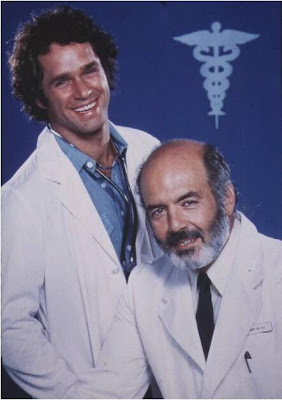





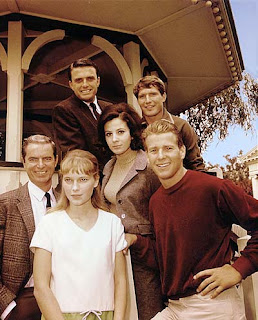


 Lai also contributed an original song which became so popular, even today it can be identified by its first five notes. The composer's original recording of the Theme from Love Story reached
Lai also contributed an original song which became so popular, even today it can be identified by its first five notes. The composer's original recording of the Theme from Love Story reached 


 Erich Segal was a devoted runner for many years, a passion which diminished as his Parkinson's disease became more advanced. He was a linguist and an academic, but will always be best remembered as the creator of one of the most famous, and most parodied, lines of dialogue to appear in any American film:
Erich Segal was a devoted runner for many years, a passion which diminished as his Parkinson's disease became more advanced. He was a linguist and an academic, but will always be best remembered as the creator of one of the most famous, and most parodied, lines of dialogue to appear in any American film: 1922-2010
1922-2010





















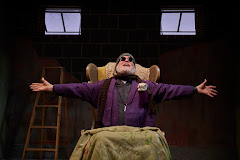




























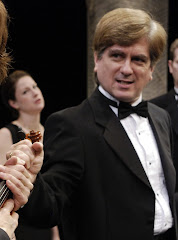
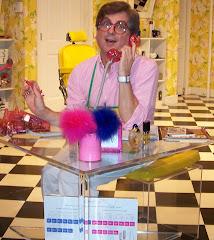

,+Olney+Theatre+Center,+2004.jpg)



,+Shakespeare+Theatre+Company,.jpg)
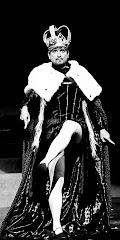

,+Warehouse+Theatre,+1999.jpg)
,+Are.jpg)
,+Everyman+Theatre,2002.jpg)
,+First+Nationa.jpg)
,+Shakespeare+Theatre+Company,.jpg)



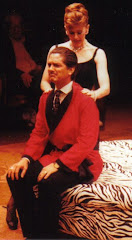

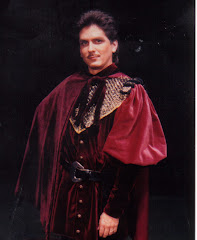
,+Granada+Th.jpg)
,+Globe+Playhouse,.jpg)
,+CSUN,+1976.jpg)
